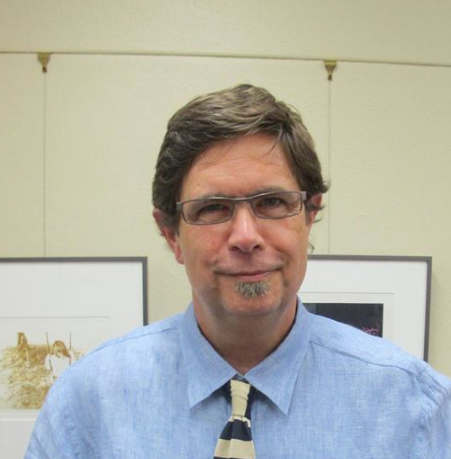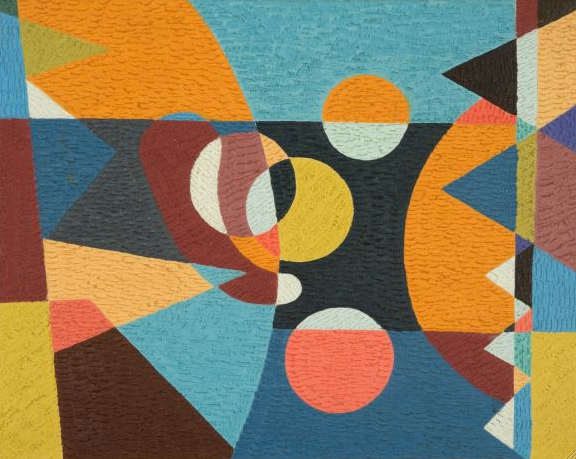
W. Jackson Rushing III is Adkins Presidential Professor of Art History and Mary Lou Milner Carver Chair in Native American Art. He works in several intersecting areas: Native American art; modern and contemporary art; Southwest modernism; theory, criticism, and methodology; museum studies; and post-colonialism and visual culture. His teaching and scholarship explore the interstitial zone between (Native) American studies, anthropology, and art history. For more than twenty years now he has pursued a duality—Native-inspired modernist primitivism and indigenous modernism in the United States and Canada. Dr Rushing is the author of Native American Art and the New York Avant-Garde (1995), Teresa Marshall: A Bed to the Bones, (1998) and Allan Houser: An American Master (2004); editor of Native American Art in the Twentieth Century (1999) and After the Storm (2001); and co-author of Modern By Tradition (1995), which received The Southwest Book Award. Dr. Rushing has lectured widely in Canada, the U.S., and the U.K. and been a Director of the College Art Association of America.

Joe Herrera (Cochiti Pueblo), Untitled (1951), oil on canvas, 16″ x 20″. Collection of Jonson Gallery University of New Mexico Art Museum.
My current research project, Generations: Modern Pueblo Painting, focuses on artistic families in the American Southwest beginning circa 1915. Modern in this context means “secular” art (non-ceremonial paintings whose subject matter is usually ceremonial) that embodies both indigenous intentionality and strategies for negotiating with the dominant culture. I am studying the work of several distinguished families, especially Tonita Peña (San Ildefonso-Cochiti) and her son, Joe H. Herrera, who transformed Native painting at mid-century by synthesizing indigenous pictorial traditions with Cubism and Art Deco. My method combines biography, connoisseurship, and historiography to produce an “Indian-centered” cultural history of Southwestern modernism.

